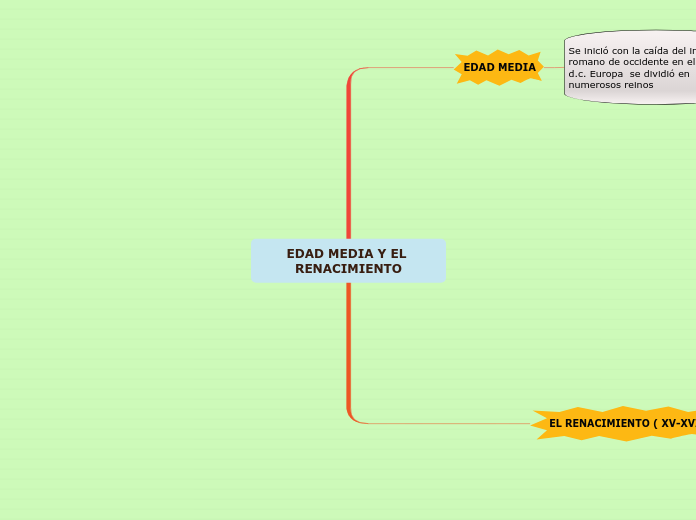realizată de Cristhian Yamunaqué Quinde 4 ani în urmă
273
EDAD MEDIA Y EL RENACIMIENTO

realizată de Cristhian Yamunaqué Quinde 4 ani în urmă
273

Mai multe ca acesta

To name your story, you have to think about the overall message and what you want your audience to understand from the story. Also, make it relevant and easy to remember.
The ending of a story is essential. We all know that if the ending is weak, what happened before loses its importance. So make it unpredictable, but fair. A resolved ending answers all the questions and ties up any loose threads from the plot.
Try answering these questions in order for you to come up with a closure:
- Have all problems been solved?
- Is it clear what happens with all your characters in the story?
- Has the challenged transformed your main character?
- How do the characters feel in the end?
Try answering these questions to come up with a closure:
- Have all the problems been solved?
- Is there a clear picture of what happens with each character in the story?
- Has the challenge transformed your main character?
- How do the characters feel in the end?
In the beginning of the story (or the exposition), you will need to introduce the setting and characters. You might also want to introduce the main conflict. This part of the story is important because it gives the reader necessary background information and maybe even a first insight into a character’s personality.
The setting (time & place) of a story can change throughout the plot.
Sensory details include sight, sound, touch, smell, and taste. These details are important because they create depth in your setting.
See a few examples below:
La escritura y su celoso contenedor, la biblioteca, se mantuvieron dentro del monasterio
Antes de la imprenta de Gutenberg, los libros eran escritos a mano por los monjes
The weather is an important element in your story because it can highly influence the ambiance and the mood of the characters.
Estructuras esbeltas y ligeras con medios y materiales sencillos
Decide if you want to include an element of nature in your story. For example, a rainbow can be a very nice choice for a happy ending. The mist in a story can represent mystery and secrets. A thunder can appear in the background at the moment when the 'bad guy' of the story makes its appearance, etc.
Estilo gótico se desarrollo entre los siglos XII al XV de la edad media.
Does your story include catastrophic weather? See a few suggestions below or add your own:
- hurricane, earthquake, storm, etc
The time of the story can also change. It can describe the event of a single day or can include an entire year's plot. Anyway, don't forget to mention it.
Los hombres consideraban la vida terrenal solo como un preámbulo de la vida eterna
El cristianismo se oficializo en los últimos años del imperio romano.
Your story can take place wherever your imagination will take you to.
For example: in an elevator, in an enchanted forest, etc. Don't forget to give details of the environment each time the setting changes, otherwise, the story can be confusing. Also, mention the seasons as each of them has unique weather and events.
El clero vivía en las tierras que poseía y las donaciones. El estudio y la oración eran sus ocupaciones principales
Los reyes concedían tierras a los nobles (señores feudales) para que las defendieran y los nobles les cedían a los campesinos para que las trabajen